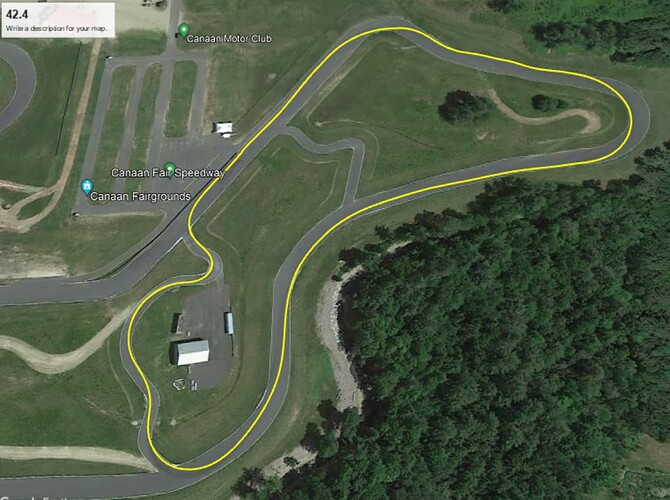I would keep it simple to start. Uncheck the first few laps of the session, as your tires are cold and the data will not compare well. On your measures graphs, select GPS Speed and RPM. The default is to display your fastest lap. It will be checked at the bottom of the screen. When choosing a lap to compare it to, look at the lap list and find a group of laps that have a similar lap time, but slower than your fastest lap. Chose one. Now back to the graphs. Toggle between distance and time, you want to compare using distance on the speed and rpm, the time bar will appear at the bottom between your measures and laps when you select another lap. In the time bar, you will see where you gained or lost time. The graphs are in sync with each other, so you can look on the measures and see what you did. Did your slower lap have you brake earlier and get back on throttle later or what ever. You can see where the graphs rise and fall compared to each other. How sharply the rise and fall and for how long. You can compare that point on the graphs to your position on track. Where were you in the turn? Best to focus on areas where you lost or gained time. Try to see what you did differently. Since most time is lost in the braking phase, note what is happening during that period.
Using the speed trace:
Where did you begin braking (where the graph starts to drop)? Did you slow down sooner or later into the corner? Could you have pushed the braking zone deeper into the corner?
Were your braking at maximum force (how sharply the graph drops)? From beginning of braking to the end, you want to see a relatively straight line. The steeper the line, the harder you are braking. If you see a wavy section in the braking measure, you are not holding the brakes at a constant pressure. This could be for many reasons from situation on track to making corrections. You have to know what’s happening on track to know the difference, but ideally you want a straight braking slope in your graph.
Were you carrying the brakes to long (how long of a distance does the graph drop), before the curve starts going back up? If you are holding brakes for too long, you could potentially pick up some time by shortening your braking zone.
Using the RPM trace:
Where did you pick up the throttle? Assuming you are not using both pedals at the same time, at what point does the RPM measure start to go up? Are you gaining or losing time if you pick up the throttle sooner than later?
What is your peak RPM and your lowest RPM? You may benefit from a gear change or is your driving causing the revs to drop too much and take you that much longer to get back up to speed?
Are you bouncing off the rev limiter for a long period of time? Are you slow off the corners? If your laps are pretty consistent, then you can use this to figure out which direction to go if a change in gearing will benefit you. You may gain more time by staying on the limiter longer to compensate for the tight sections or you may find dropping teeth makes you quicker.
Is drafting involved? Do you regularly have someone to draft with or do you find yourself running solo? This again is where you need to be aware of what is happening on track to know what to do with it.
This is just some basic stuff to get you started with analysis.



